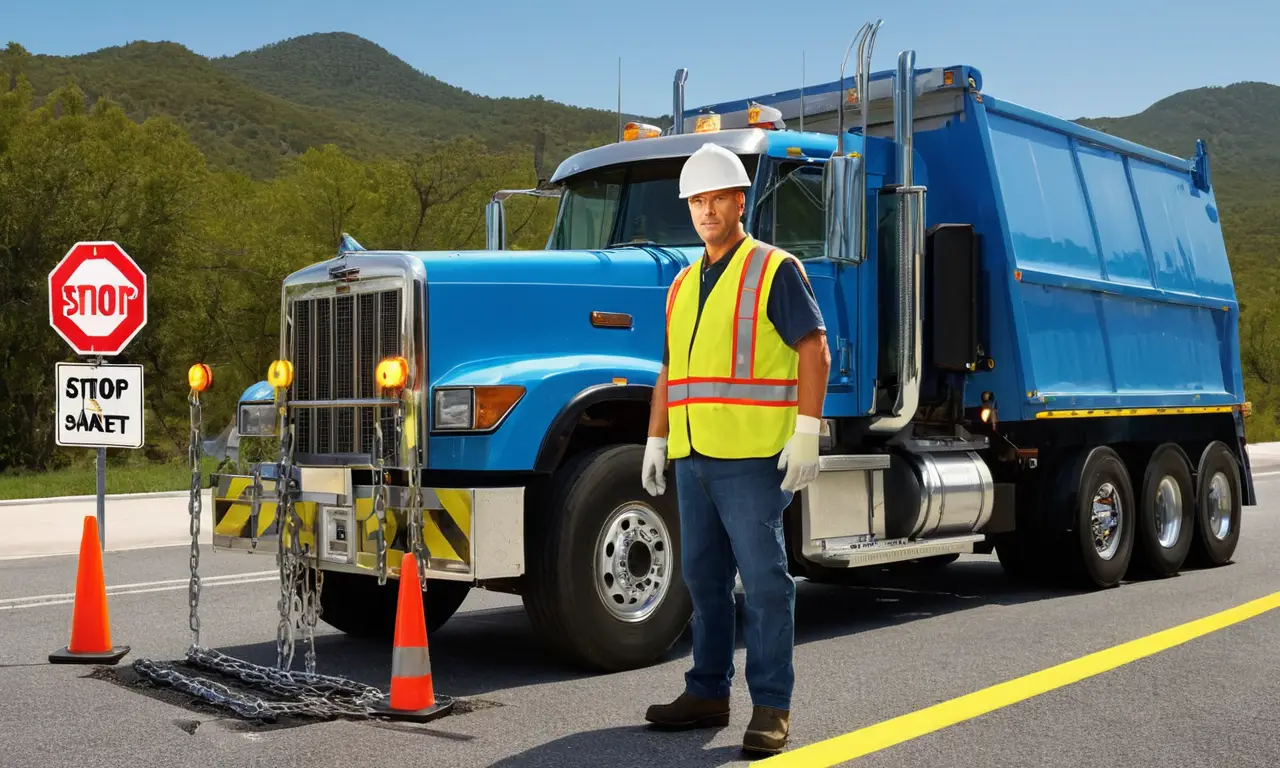
Transporting oversized loads presents unique challenges compared to standard cargo. These loads often exceed typical size limits, requiring specialized equipment, permits, and meticulous planning to ensure safe and legal transportation. Understanding the regulations surrounding oversized load transport is paramount to avoid potential fines, accidents, and disruptions to traffic flow.
This article delves into the intricacies of transporting oversized loads, covering essential regulations, legal requirements, safety tips, and considerations for navigating various road conditions. By adhering to these guidelines, you can contribute to a safer and more efficient transportation system for everyone.
Oversized Load Regulations
Oversized load regulations are established at both federal and state levels to ensure the safe movement of large cargo on public roadways. These regulations typically define maximum dimensions for vehicles and loads, specify permissible routes, and outline requirements for escort vehicles, signage, and permits.
Federal Motor Carrier Safety Administration (FMCSA) regulations provide a baseline framework for oversized load transport across the United States. However, individual states may have stricter or more specific rules that must be followed. It’s crucial to research and comply with all applicable regulations at both federal and state levels before transporting an oversized load.
Failure to adhere to these regulations can result in hefty fines, vehicle impoundment, and even criminal charges in some cases.
Legal Requirements for Transporting Oversized Loads

Transporting oversized loads legally necessitates obtaining the necessary permits and adhering to specific documentation requirements. Permit applications often involve detailed information about the load’s dimensions, weight, route, and intended destination.
Depending on the size and nature of the load, additional permits may be required from local authorities or utility companies. For instance, transporting loads that require lane closures or bridge clearances might necessitate permits from state transportation departments. Always ensure all permits are valid and displayed prominently on the vehicle during transport.
Safety Tips for Oversized Load Transport
Safety should always be the top priority when transporting oversized loads. Implementing comprehensive safety measures can mitigate risks and protect both drivers and other road users.
Pre-Trip Inspection: Conduct a thorough inspection of the vehicle, load securing equipment, and trailer before embarking on the journey. Ensure all lights, brakes, and tires are in optimal condition.
Secure Load Properly: Utilize appropriate straps, chains, or other securement devices to prevent shifting or movement during transport. Distribute weight evenly across the trailer and ensure the load is properly balanced.
Communicate Effectively: Maintain clear communication with escort vehicles, law enforcement, and other drivers on the road. Use hand signals, radios, and warning lights to alert others of your presence and intentions.
Drive Defensively: Maintain a safe following distance, anticipate potential hazards, and be prepared to react accordingly. Avoid sudden braking or lane changes that could destabilize the load.
Road Conditions and Oversized Loads

Road conditions significantly impact the safety and feasibility of transporting oversized loads. Adverse weather conditions such as rain, snow, or ice can reduce visibility, increase stopping distances, and create hazardous road surfaces.
Bridges and Low Clearances: Be aware of bridge heights and overhead clearances along your route. Ensure the load’s dimensions are compatible with all structures encountered.
Winding Roads and Curves: Transporting oversized loads on winding roads requires extra caution due to limited visibility and potential for instability. Reduce speed, maintain a wider turning radius, and communicate clearly with escort vehicles.
Conclusion
Successfully transporting oversized loads demands meticulous planning, adherence to regulations, and unwavering commitment to safety. By understanding the legal requirements, implementing comprehensive safety measures, and considering road conditions, you can ensure a smooth and secure transportation experience for yourself and others on the road. Remember, can you pass an oversize load, can you pass oversized loads, or is it illegal to pass an oversize load are questions best answered by consulting local authorities and official guidelines before attempting any transport.
